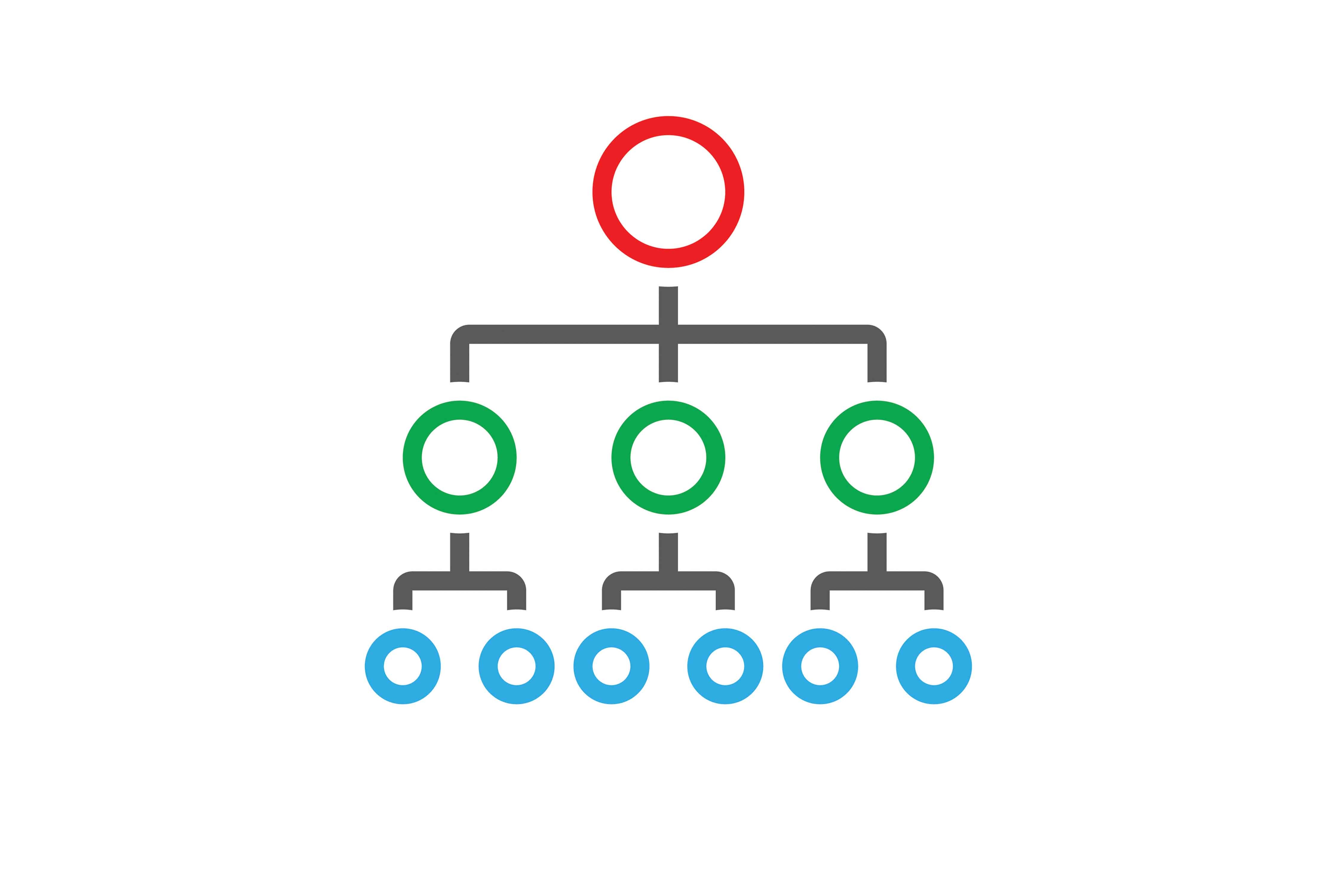
You're at a party, striking up a conversation with your friends and colleagues, and what do you talk about? Sports. Politics. Business. Hierarchy data? While hierarchy data may not always be the first topic discussed, I've been to a few events with chief data officers where it does come up. If it comes up at your next cocktail party, I want you to be ready to contribute to the conversation. And if I’m in attendance, I’ll join you in the conversation.
Joking aside, for data professionals, hierarchy data is growing in importance. Sometimes referred to as relationship data, family tree data, legal or corporate hierarchy, this data topics is about the relationships between legal entities that indicate ownership, control, or influence of one entity over another. 
My passion for hierarchy data started in the 2003 time-frame solving global hierarchy data problems related to issuers of securities across 140 countries for public accounting firms. As 2008 rolled around and issues in the financial markets hit, many banking and capital markets institutions and insurance companies started to realize the importance of hierarchy data for risk purposes. Then, as regulations emerged, relationship data became a must have for regulatory reporting, risk aggregation, capital adequacy, and many other use cases. Now, we're seeing many global companies look at the importance of hierarchies for understanding supplier business relationships, analyzing revenue and pricing strategies, and assessing cross-border client relationships.
In the utility space, particularly with the Legal Entity Identifier (LEI), we'll soon see level 2 relationship data (AKA hierarchies) show up as early as 2017 from local operating units such as DTCC and others. As this data in the global LEI system grows, firms will have more access to hierarchy data around the world, but still have the age old question of how to use it within legacy systems and processes.
Two things are common throughout the industry when it comes to hierarchies - the data is usually filled with inaccuracies and hierarchies can be very expensive to manage. From our years of experience with hundreds of millions of records, we've seen it all. In our assessment a majority of the issues related to hierarchy data - more than 90% - fall into the following four categories. Read through them and be ready to join the conversation at your next social gathering. (You're welcome)
So what can you do? The simple answer points to the basics of any good data governance program. You need to assess the situation and quantify where you're at. Then you need consistent rules, consistent ownership, and technical controls to guide your way forward. And last but not least, you need data maintenance to ensure that the hierarchy data is kept up to date. It seems simple, but the inherent complexity of hierarchy data makes this one of the top challenges for the coming years.
With the holiday season just around the corner, I hope you're ready to engage in those interesting conversations and show off your data know-how. And if you need a good hierarchy data joke...give me a call. Let's talk.
These Stories on Enterprise Data Management



No Comments Yet
Let us know what you think